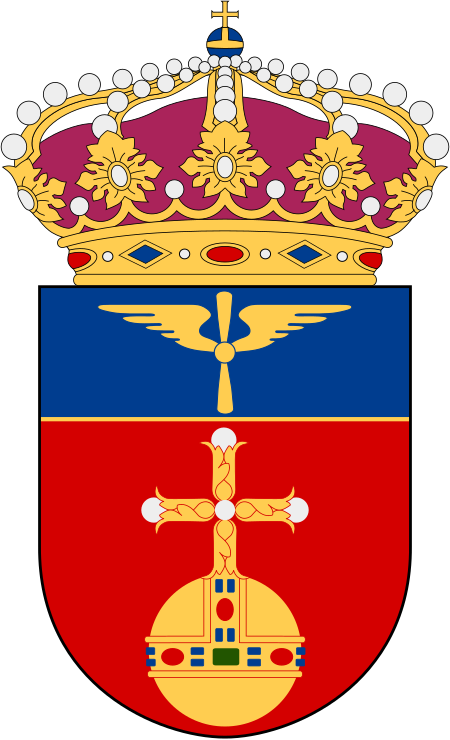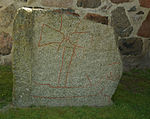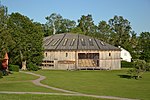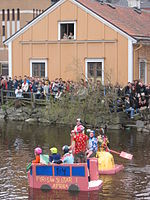Uppland Wing
1943 establishments in Sweden2003 disestablishments in Sweden2021 establishments in SwedenMilitary units and formations disestablished in 2003Military units and formations established in 1943 ... and 3 more
Military units and formations established in 2021Uppsala GarrisonWings of the Swedish Air Force

Uppland Wing (Swedish: Upplands flygflottilj), also F 16 Uppsala, or simply F 16, is a Swedish Air Force wing with the main base located at Ärna Air Base northwest of Uppsala, Sweden.
Excerpt from the Wikipedia article Uppland Wing (License: CC BY-SA 3.0, Authors, Images).Uppland Wing
Garnisonsvägen, Uppsala Ärna
Geographical coordinates (GPS) Address Nearby Places Show on map
Geographical coordinates (GPS)
| Latitude | Longitude |
|---|---|
| N 59.8881 ° | E 17.6064 ° |
Address
Garnisonsvägen
753 36 Uppsala, Ärna
Sweden
Open on Google Maps








